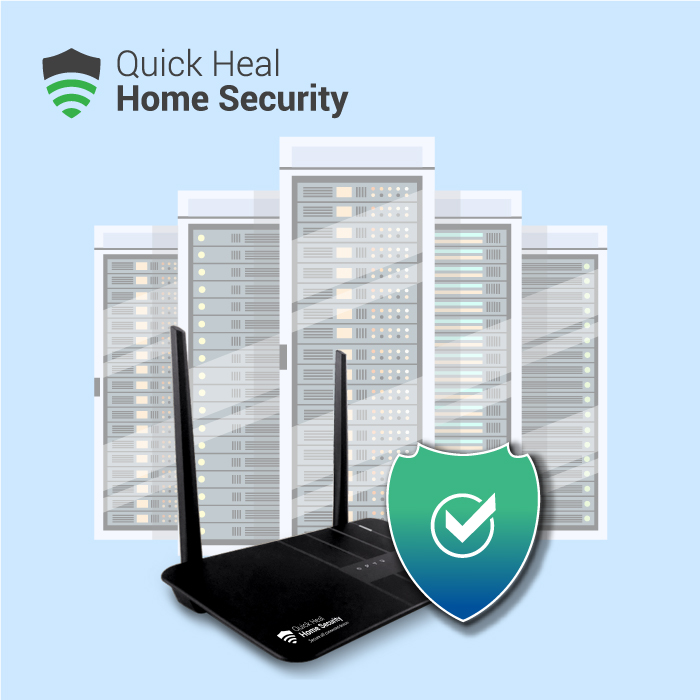The website I visited behaves weirdly. I wonder if I’m hacked?

After a busy day at office or business, you settle down on the sofa at home with coffee and you want to catch your favourite show on your phone or TV. While streaming you want to make a payment for your bills that are due. You connect to your Wi-Fi network.
Hey, wait! Are you sure that you are on the right website? By right website, I mean genuine websites. Genuine websites? Yes.
There may be dozens of websites through which you can pay the bills or recharge your mobile. For example, you want to recharge your mobile and for this, you search ‘recharge for XXX mobile network’ on Google. Dozens of payment websites come up as a search result. You can visit any website and make the payment.
You may think there is no problem if you can make the payment successfully.
Actually, that’s exactly where the catch lies. You might actually have visited a fake website and by making a payment, you may have compromised your banking credentials. There are hackers and phishing mongers who create fake websites that are similar to the genuine websites for the sole purpose of phishing your credentials and important information.
Once you visit a fake website, your data is stolen and might be misused to cause you financial loss.
How can it happen?
Your Internet network is coming through a router. Routers are vulnerable to cyberattacks. If you do not have a strong security in place, hackers will hack the router and change the DNS setting, causing you to land up on a malicious website meant to steal your money and data.
Routers may have vulnerabilities, flaws and weak security systems. According to a report published in 2018, more than 500,000 routers from over 50 countries were reported to have such serious issues. Typically, some of the popularly known router brands too have been found with vulnerabilities. This makes us concerned about having a better security for the routers.
How can you prevent hacking attempts?
To prevent such hacking attempts, we recommend you use a Quick Heal Home Security Router that has a host of security features in addition to DNSSEC validation.
What is DNSSEC?
Domain name system security extensions (DNSSEC) is a set of security protocols enabled for domains. DNSSEC authenticates the resolution of IP addresses from a DNS server with a cryptographic signature, to ensure that visitors connect to the actual website corresponding to a particular domain name. Enabling DNSSEC validation protects users from redirection to fraudulent websites and unintended addresses and thereby protects a user from malicious activities like cache poisoning, pharming, and man-in-the-middle attacks.

How to enable DNSSEC protection?

Open Quick Heal Home Security.
Go to Settings > Security.
Turn DNSSEC on.
You can get more details about Quick Heal Home Security from https://www.quickheal.co.in/quick-heal-home-security/
Quick Heal Home Security (QHHS) is the right antivirus protection for PC, laptop and handheld devices and is suitable for individuals to SOHO to Medium and Large business organizations. QHHS provides a comprehensive protection from ransomware attacks to malware and phishing attempts.
2 Comments
Excellent work and description given by pankaj Pachlore. Thank you for giving the steps to protect our device from it.
Nice valuable information. Thanks for sharing 🙂